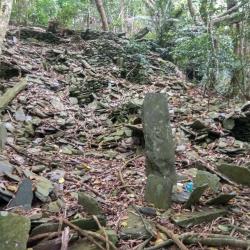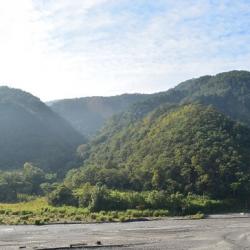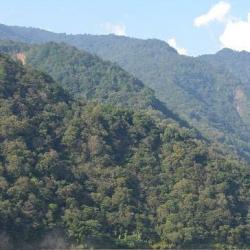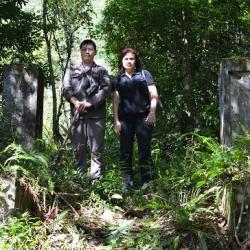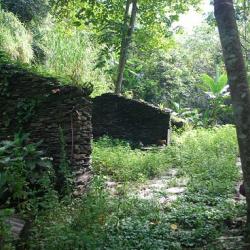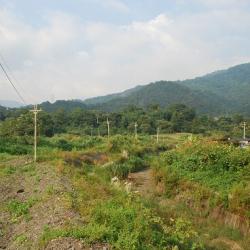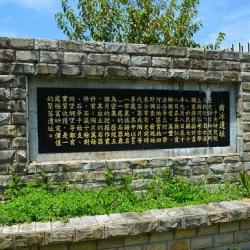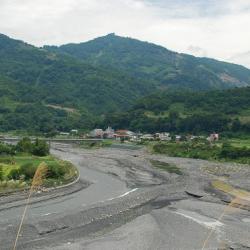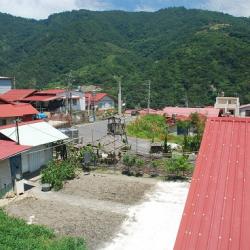Liqiu Hamlet, located in Jinfeng Township, Taitung County, was formed by the amalgamation of three settlements: Rulakes’she, Chushuiposhe, and Jiajiaduowanshe. At the end of the Japanese occupation, the Government-General in Taiwan enforced a collective migration into Rulakes’she. After the war, the National Government re-named the hamlet to Liqiu, which became the largest hamlet in Jinfeng Township.
